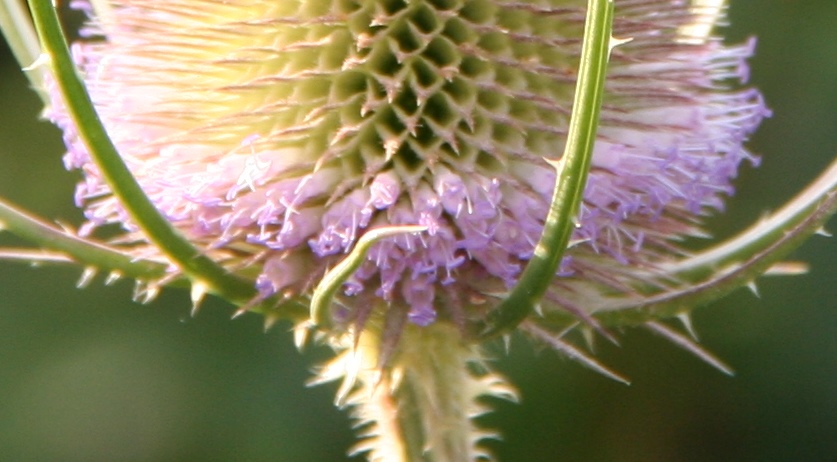In late August it's still really summer, but the seasons start to change with the first appearance of seeds and fruits. We've reached that time of the year when
Golden tropft Blatt um Blatt
nieder vom hohen Akazienbaum.
Sommer lächelt erstaunt und matt
in den sterbenden Gartentraum.
Lange noch bei den Rosen
bleibt er stehn, seht sich nach Ruh.
Langsam tut er die großen,
müdgewordenen Augen zu.
(Hermann Hesse, September)
[Gold drops leaf by leaf
From the tall acacia
And summer smiles, weak and enraptured
By the dying dream of the garden.
Yearning for rest,
It lingers among the roses.
Slowly it closes
Its large eyes, grown weary.]
So I start with two beautifully evocative images of late afternoon sunshine in Wriggle Street.
In Mutton Lane great willowherb is shedding is scattering its feathery seeds. Even as summer comes to a close, Nature's astonishing regenerative powers are at work.
Even as a large bee pollinates some late flowers of knapweed, seedheads are forming on adjacent stalks.
A single blue sloe's inviting appearance belies its bitter taste.
The glorious mauve of thistle has given way to the soft browns of its seed heads.
Angelica genuflexa holds aloft its fronds of drying seeds.
The everlasting sweet pea (Lathyrus latifolius) flowers through a large part of the summer.
Like the knapweed, its seeds can often be found on plants which are still in full bloom.
The tall heads of wild teasel (Dipsacus fullonum) can be seen growing on verges or in fields through the summer. While some are still flowering, others have their striking cones drying in the late summer sun.
These heads are near the end of their flowering cycle. The florets first appear in a circumference halfway down the cone. The delicate lilac band gradually broadens and as the first florets in the centre die, two rings of new florets separate. Here one has moved down to the base, the other to the top.
Evening sunlight catches these giant heads dramatically.
Lords-and-ladies or cuckoo-pint (Arum maculatum) can be easily spotted in hedgerows and its bright orange berries look inviting. It is, however, very poisonous, containing quantities of oxalic acid.
Finally, the ubiquitous Cleavers, also known as Goosegrass, Robin-run-the-hedge or Sticky Willy (Galium aparine), nuisance to hikers and domestic pets.


























